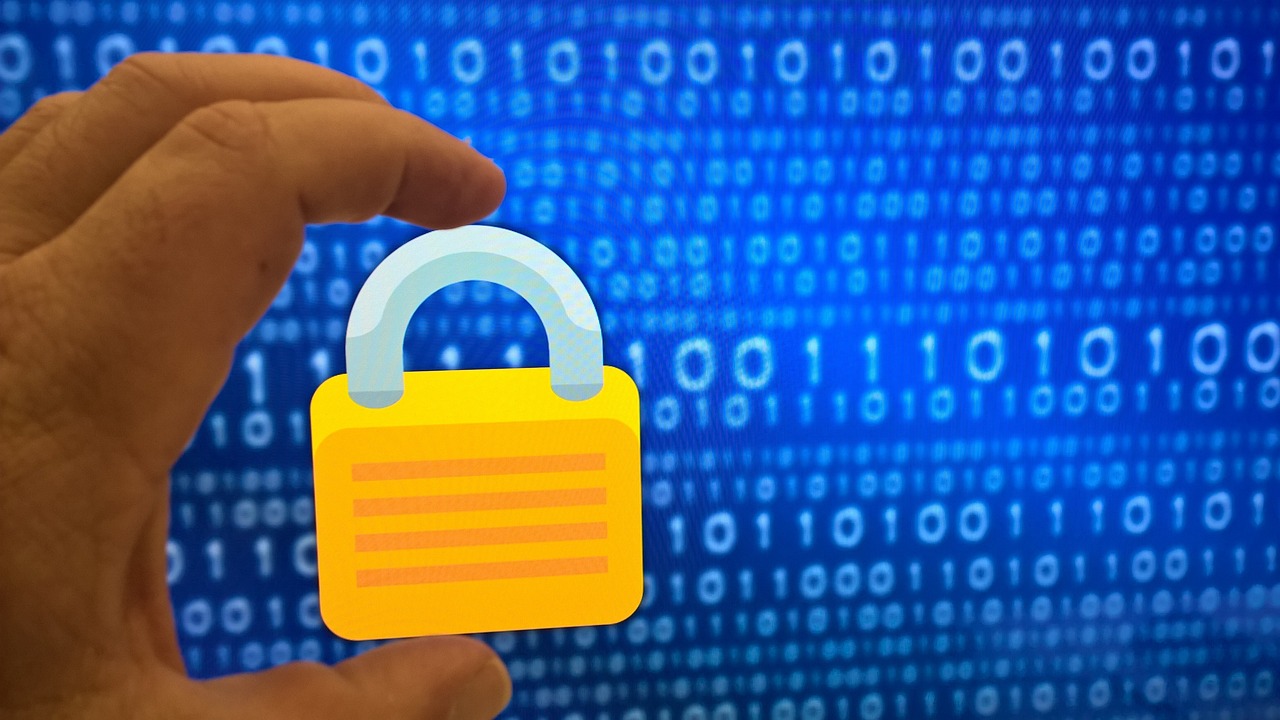In today’s digital world, passwords are increasingly unreliable in safeguarding sensitive information. With users choosing the same passwords for multiple accounts or easily guessable passwords. Biometric authentication is a cutting-edge technology that verifies identity through unique physical or behavioural traits.
What is Biometric Authentication?
It uses distinctive physical or behavioural characteristics for identity verification, such as fingerprints, facial features, iris patterns, voice, or behavioural traits like typing rhythm.
Benefits:
- Enhanced Security: Unique biometric identifiers offer stronger protection against identity theft and fraud compared to traditional passwords.
- Convenience: Biometrics eliminate the need for remembering passwords, offering a seamless and user-friendly authentication experience.
- Compliance: Biometric solutions assist organizations in meeting regulatory requirements concerning data security and privacy.
- Cost Savings: Reduced costs associated with password resets and identity theft incidents lead to potential savings for organizations.
How is it used?
- Mobile Devices: Biometrics secure smartphones for unlocking devices, authorizing transactions, and accessing sensitive data.
- Financial Services: Banks use biometrics for secure online banking, mobile payments, and cash points.
- Healthcare: Biometrics protect electronic health records (EHRs) and authenticate healthcare professionals.
- Border Control: Biometrics verify travelers’ identities using passports or facial recognition technology.
The Future of Biometric Authentication:
With advancements in AI, machine learning, and sensor technology, biometric authentication is becoming more accurate. However, it’s essential to address privacy, security, and ethical concerns as biometrics become more widespread.
Biometric authentication is paving the way for a more secure, convenient, and efficient future in digital identity verification. As technology evolves, striking a balance between security and privacy will be crucial in gaining the full potential of biometric solutions.]
You can find last week’s blog here.



